The Tote Bags Market is currently characterized by a dynamic competitive landscape, driven by evolving consumer preferences towards sustainability and functionality. Major players such as Nike (US), Adidas (DE), and H&M (SE) are strategically positioning themselves to capitalize on these trends. Nike (US) has been focusing on innovation in materials, particularly through the development of eco-friendly fabrics, which aligns with the growing demand for sustainable products. Adidas (DE) has also made significant strides in this area, emphasizing its commitment to reducing plastic waste through its Parley for the Oceans initiative, which integrates recycled ocean plastic into its products. H&M (SE) is enhancing its operational focus on circular fashion, promoting tote bags made from recycled materials, thereby appealing to environmentally conscious consumers. Collectively, these strategies not only enhance brand loyalty but also shape a competitive environment that increasingly prioritizes sustainability and innovation.
In terms of business tactics, companies are increasingly localizing manufacturing to reduce lead times and enhance supply chain efficiency. This approach appears to be particularly beneficial in a moderately fragmented market, where the collective influence of key players is significant. The competitive structure is evolving, with brands leveraging their unique strengths to capture market share. For instance, while larger corporations like Nike (US) and Adidas (DE) dominate through extensive distribution networks, smaller players such as Baggu (US) are carving out niches by focusing on unique designs and sustainable practices.
In August 2025, Nike (US) announced the launch of its new line of tote bags made from 100% recycled materials, which underscores its commitment to sustainability. This strategic move not only enhances Nike's product portfolio but also reinforces its brand image as a leader in environmental responsibility. The introduction of these bags is likely to attract a segment of consumers who prioritize eco-friendly products, thereby expanding Nike's market reach.
In September 2025, H&M (SE) unveiled a partnership with local artisans to create a limited-edition collection of tote bags, blending traditional craftsmanship with modern design. This initiative not only supports local economies but also aligns with H&M's sustainability goals by promoting ethical production practices. Such collaborations may enhance H&M's brand perception and foster deeper connections with consumers who value authenticity and social responsibility.
In October 2025, Baggu (US) launched a new digital platform aimed at enhancing customer engagement through personalized shopping experiences. This strategic focus on digital transformation reflects a broader trend within the industry, where companies are increasingly leveraging technology to improve customer interactions and streamline operations. By investing in digital capabilities, Baggu is likely to strengthen its competitive position in a market that is becoming increasingly reliant on e-commerce.
As of October 2025, the Tote Bags Market is witnessing a shift towards digitalization, sustainability, and the integration of artificial intelligence in product development and customer service. Strategic alliances are becoming more prevalent, as companies recognize the value of collaboration in enhancing their competitive edge. Looking ahead, it appears that competitive differentiation will increasingly hinge on innovation, technological advancements, and the reliability of supply chains, rather than solely on price. This evolution suggests a more sophisticated market landscape, where brands that prioritize sustainability and customer-centric strategies are likely to thrive.


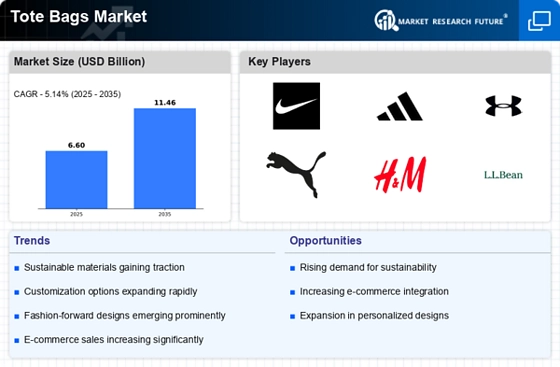
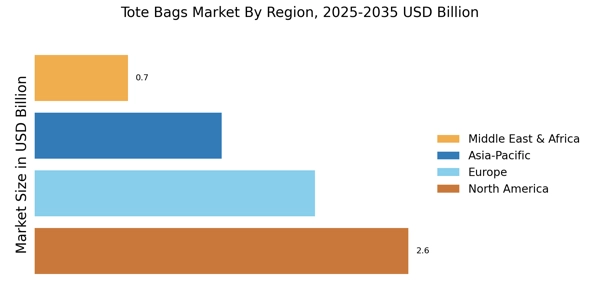
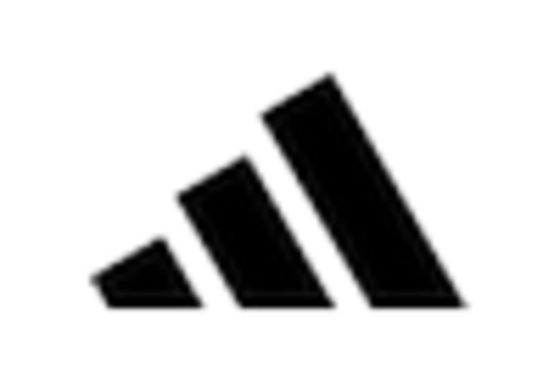
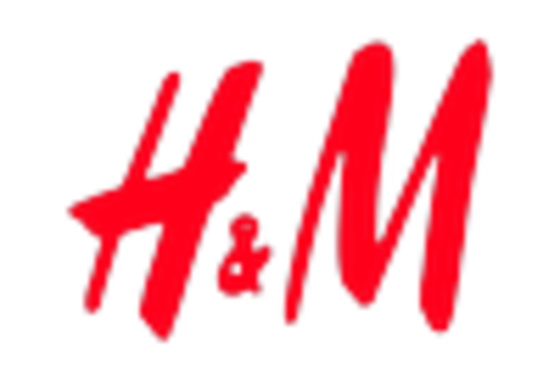
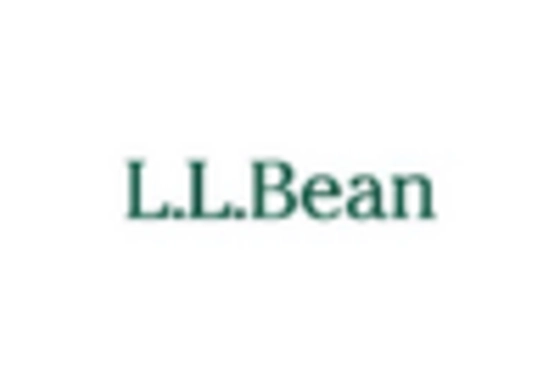


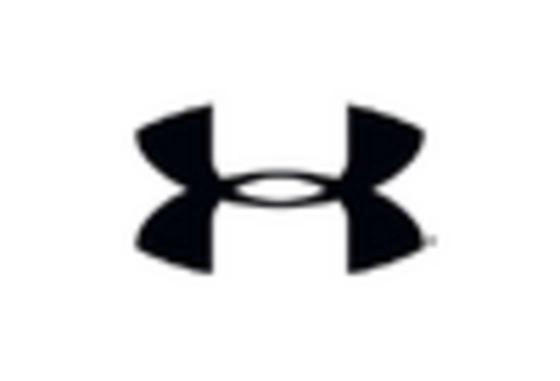








Leave a Comment